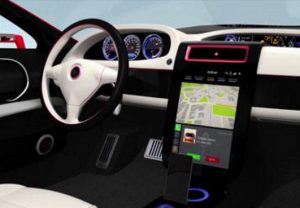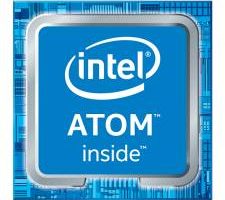
“IoT is expected to be a market with 50 billion devices creating 44 zettabytes [44 giga terabytes] of data annually by 2020, require much more processing power at the edge in order to maintain viability,” said the firm. “The processor series will enable many of the processing needs to take place right at the edge, or fog level, and alleviate the need to push all data processing to the data centre.”
Called E3900, the processor series is intended for industrial, automotive, video, manufacturing and retail application, according to Intel, plus the automotive grade A3900 is intended “to address in-vehicle experiences” – apparently enabling a complete software-defined cockpit including infotainment, digital instrument clusters and driver assistance systems from a single SoC.
Approachig deterministic processing, the firm’s TCC (tme coordinated computing) technology is expected to be included, which “synchronises peripherals and networks of connected devices, achieving improved determinism”, said Intel. “It can resolve latency issues in applications, such as robotics manufacturing, by synchronising the clocks of devices across networks to within 1µs.”
The series will start appearing around Q2 2017 and include:
Atom x5-E3930
Atom x5-E3940
Atom x7-E3950
The automotive part is currently sampling and will be available in Q1 2017.
According to Ken Caviasca, v-p of Intel’s IoT group, 1.7x more computing power and 2.9x 3-D graphics performance is available and compared with previous generation Atoms:
The compute power claim compares SPECint_rate_base2006 on:
- x5-E3930
64bit CentOS 7, 4x2Gbyte LPDDR4-2133, 120Gbyte SSD - earlier E3825
64bit CentOS 6.4, 1x4Gbyte DDR3L-1066, 250Gbyte HDD.
The graphics claims compares 3DMark 11 on:
- x7-E3950
64bit Windows 10 Enterprise, 4x2Gbyte LPDDR4-2400, 120Gbyte SSD, 9th gen Intel LP graphics - earlier E3845
64bit Windows 8, 2x4Gbyte DDR3-1333, 40Gbyte SSD, 7th gen Intel LP graphics.
Intel is expecting to release Pentium and Celeron chips alongside the Atoms, and the range will include devices with up to four 14nm cores running at up to 2.5GHz with access to up to 8Gbyte of LPDDR4.
Amongst these, there will be support for Ultra HD 4K video at 60Hz on three independent displays via three simultaneous graphics pipes, and the ability to capture 13Mpixel still images and 1080p/60 video.
 Electronics Weekly Electronics Design & Components Tech News
Electronics Weekly Electronics Design & Components Tech News
